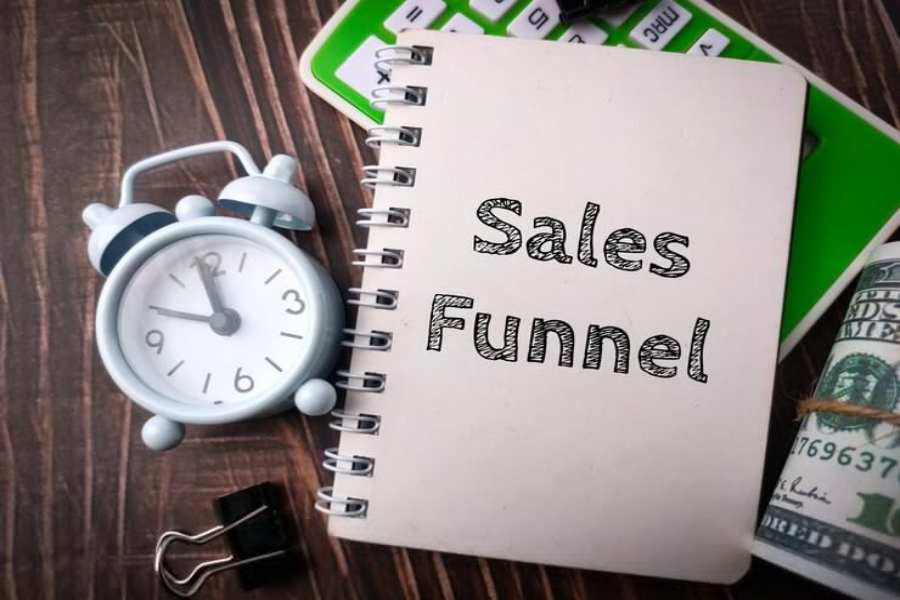The Secret to Keeping Your Sales Pipeline Active Even on Your Days Off

Sales doesn’t sleep. Leads keep coming. Questions pop up. Opportunities move forward with or without a response. For sellers trying to grow their book and keep pace, switching off, even for a weekend, can feel like taking a risk.
But building a break-proof pipeline isn’t impossible. It’s not about being available 24/7. It’s about putting the right systems and support in place so that things don’t stall just because the laptop’s closed.
Momentum Without the Burnout
The best salespeople know that consistency wins. Not just energy during work hours, but structure that keeps conversations warm, even when they’re not online.
Deals slow down when follow-ups lag, when leads feel ignored, and when tasks get buried under busywork. Keeping the pipeline active starts by making sure none of that happens by accident.
The good news? Much of the work that keeps leads warm doesn’t require the seller’s voice. It just needs timing, context, and a process that doesn’t fall apart when the calendar fills up.
Create a Flow That Doesn’t Rely on You
Sales pipelines stall when the process is built around a single person. Even the best intentions can’t beat packed schedules or days off the grid. The fix starts with removing yourself from every step that doesn’t need your full attention.
This doesn’t mean letting go of control. It means identifying the parts of the process that can run without constant touch. That includes follow-up emails, lead scoring, calendar management, and CRM updates.
A strong system is one that runs behind the scenes. It helps every lead move closer to a decision without someone having to nudge it constantly.
Set Up Automations That Actually Add Value
Automation tools can feel cold when used badly. No one likes a “just checking in” email that clearly wasn’t written by a human. However, well-designed touchpoints keep leads engaged in a way that feels useful, not robotic.
The trick is writing for the person, not the system. Every automated message should offer something—an answer, a reminder, or a small nudge forward. The timing should match where the lead is in the journey, not just the day they were added to the funnel.
When done right, these messages don’t replace real conversations. They create more of them.
Delegate the Work That Slows You Down
Even the most efficient sales process still creates a ton of small tasks. Logging calls. Updating records. Researching companies. Following up with leads that probably won’t convert but still need a reply.
These pieces matter, but they drain focus fast. Delegating them clears the path to do more of the work that actually drives results.
Hiring a virtual sales assistant solves this for many fast-moving teams. They keep the CRM clean, prep lead lists, manage inbox overflow, and handle early-stage outreach so no warm lead cools down from neglect.
What Makes the Biggest Difference When You’re Off the Clock
The goal isn’t to close deals from the beach. It’s to know the pipeline stays active, so nothing gets lost while you reset. Certain tools and habits make that possible.
Here’s what tends to create the most breathing room:
- Calendar links that auto-sync and avoid scheduling chaos
- Automated email sequences tied to pipeline stages
- CRM alerts for inactivity, new messages, or lead score changes
- A virtual assistant trained to flag high-priority actions
- A shared sales dashboard that keeps your team or assistant in the loop
Protect the Off Time by Planning the On Time
The easiest way to keep a pipeline healthy during time off is to plan ahead during the time on. Schedule calls before leaving. Send out last messages with clear next steps. Set autoresponders that point to a backup or let leads know when to expect a reply.
Planning doesn’t mean packing the calendar. It means being thoughtful about transitions so there’s no friction mid-deal.
